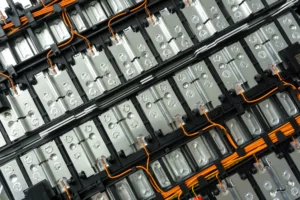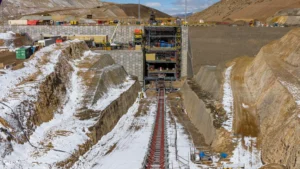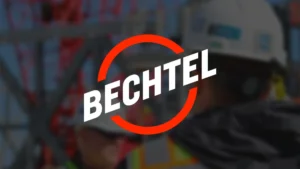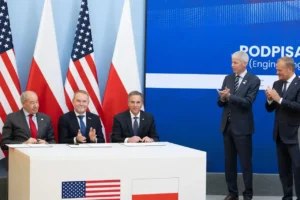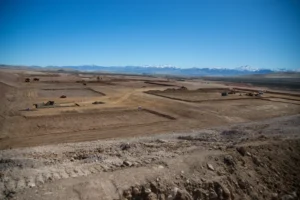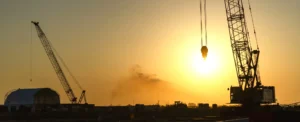December 16, 2016
Bechtel, U.S. Department of Energy Agree On Terms to Complete First Phase of Nuclear Waste Treatment
The U.S. Department of Energy today announced agreement on contract terms with Bechtel that will incentivize treatment of liquid radioactive waste from nuclear weapons production to begin by January 2022. Bechtel will complete and commission the first phase of the Waste Treatment and Immobilization Plant at DOE’s Hanford Site in Washington state, bringing the U.S. closer to addressing the most complex and challenging radioactive waste site in the nation’s history.
“The new contract modification affords the clearest path to vitrifying Hanford’s tank waste as soon as possible – our shared commitment with the Department of Energy,” said Bechtel Project Director Peggy McCullough. “It enables us to complete the first phase in the Department’s sequenced approach, allowing DOE to begin treating waste and, more importantly, protecting people and the Columbia River.”
Bechtel’s current contract was to run through 2019. The new agreement:
- Extends the term to cover the new performance period,
- Formalizes the engineering, construction, and other changes necessary to start up WTP’s Low Activity Waste Facility and associated support facilities while work continues on the remaining two treatment facilities,
- Specifies a robust, multi-year testing and commissioning program to ensure safe operations, and
- Specifies incentives and disincentives for achievement of technical milestones, including an incentive to complete commissioning of the Low Activity Waste facility by January 2022.
The modification is a $3.1 billion change to Bechtel’s contract. Additional details including a total project cost estimate are outlined in a separate announcement by the DOE. Construction of an analytical laboratory and more than 20 support facilities are substantially complete. Construction of the Low-Activity Waste Facility is expected to be complete in June 2018.
Treating Manhattan Project and Cold War-era waste
Hanford had nine nuclear reactors and chemical separation facilities that created plutonium for U.S. nuclear weapons from 1944 to 1987. Approximately 56 million gallons of chemical and radioactive waste is currently stored in underground tanks awaiting treatment.
The waste will be piped to the Low-Activity Waste facility, mixed with silica and other materials, melted, and poured into stainless steel containers where it will solidify. The containers will then be disposed at Hanford’s existing low-level waste disposal site.
The remaining, higher-activity waste is to be processed and treated at two additional facilities that are currently under construction and scheduled for completion in the mid-2030s.
Bechtel and principal subcontractor URS (now AECOM) were hired to complete WTP in 2000.
Bechtel is a leader in environmental cleanup and restoration of former nuclear weapons production sites. The company’s unparalleled experience spans nearly 40 years and includes the cleanup, remediation, and closure of nuclear waste facilities in Washington state, Idaho, New Mexico, Tennessee, Nevada, and South Carolina, including the only currently operating vitrification plant in the U.S. – the Defense Waste Processing Facility at the DOE’s Savannah River Site.
About Bechtel
Bechtel is a trusted engineering, construction and project management partner to industry and government. Differentiated by the quality of our people and our relentless drive to deliver the most successful outcomes, we align our capabilities to our customers’ objectives to create a lasting positive impact. Since 1898, we have helped customers complete more than 25,000 projects in 160 countries on all seven continents that have created jobs, grown economies, improved the resiliency of the world’s infrastructure, increased access to energy, resources, and vital services, and made the world a safer, cleaner place.
Bechtel serves the Energy; Infrastructure; Manufacturing & Technology; Mining & Metals; and Nuclear, Security & Environmental markets. Our services span from initial planning and investment, through start-up and operations. www.bechtel.com
